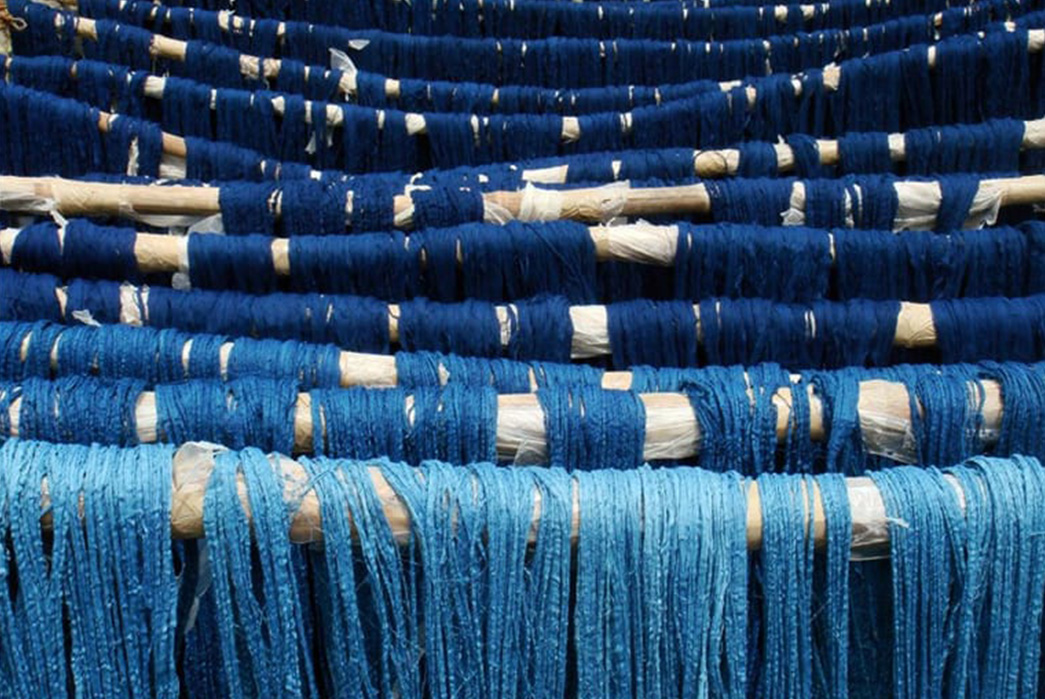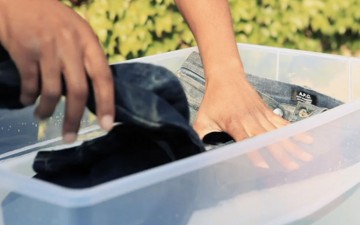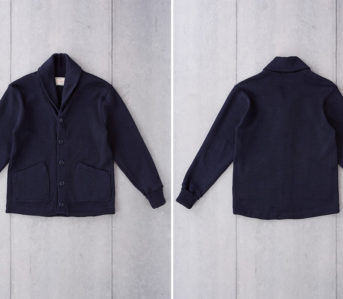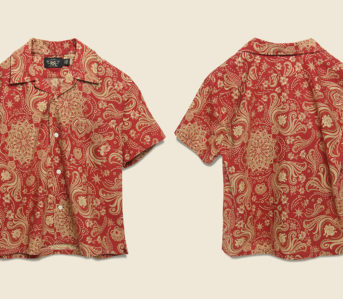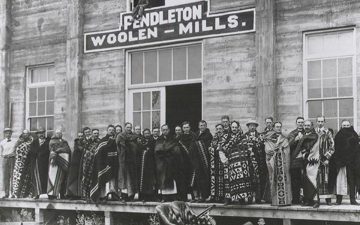With colors going in and out of style as often as we change our socks, it’s no surprise that the art of textile-dyeing is somewhat under-appreciated by those who aren’t indigo-fanatics like most Heddels readers. The process is one that goes back thousands of years, with the first known use of the technique way back in the Neolithic Age (some historians say it dates even earlier, in fact), when ingredients are said to have derived from plants.
Over time, we humans have developed a whole range of weird and wonderful ways to add color to textiles, and with so much of it done on a large scale these days, dyeing has come a long way from where it started. Despite our appreciation for all things indigo, we’ve only briefly touched on dyeing techniques before now.
Almost everything in your wardrobe is likely to have undergone some kind of dyeing process, but before we dig into those, let’s take a minute to talk about synthetic and natural dyestuffs. You see, man-made solutions have been around for less than two centuries—a drop in the ocean when you think about how far back we can trace the use of dye.
The invention of the first-ever synthesized dye was, in fact, a happy accident. In 1856, while experimenting with oxidizing aniline, Sir William Perkin discovered a precipitate that would render silk a nice shade of purple, and so began the rise of synthetic ingredients. Of course, this process quickly proved to be a much cheaper and quicker way to achieve good results, so the demand for natural variations gradually declined.
There’s a world of terms for the chemical reactions and processes of dyeing, but at this point, we’ll keep it simple. Pretty much all of the styles we’ve listed below commonly use synthetic dyes, but it’s worth noting that with the textiles industry making huge efforts in the area of sustainability, natural solutions are seeing something of a revival.
Yarn Dyeing
First, a broader term. Yarn-dyed describes yarns that are colored prior to being woven, rather than afterward as a fabric or garment, which we’ll come to later on. It encompasses a variety of different techniques, including many of the following.
Rope Dyeing
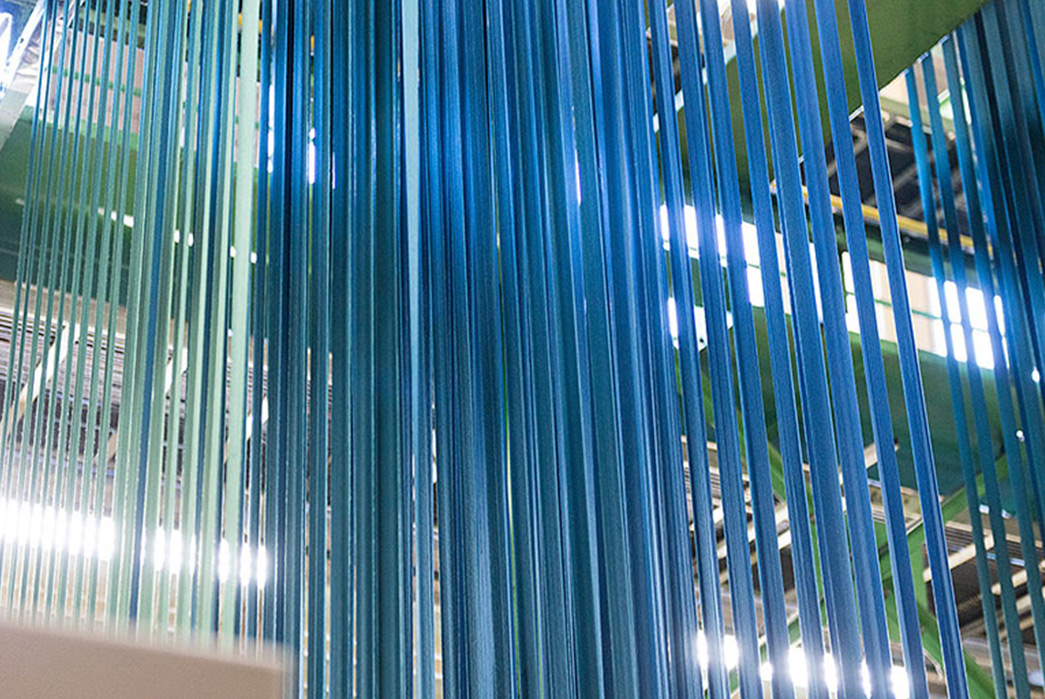
Rope dyeing in progress. Image via Keath Production
Ah, rope dyeing, the one you’re probably most familiar with. Sometimes also referred to as ring dyeing when it’s not associated with denim and indigo. By twisting yarns into a rope, dipping them into a dye and allowing them to oxidize before repeating, the hue can’t fully penetrate every fiber, leaving the core of the twisted rope in its natural state.
That’s bad if you want your final fabric to retain an even color, but great news if you’re hoping to make denim that’ll end up with a nice patina. Fade Friday here we come.
Hank Dyeing
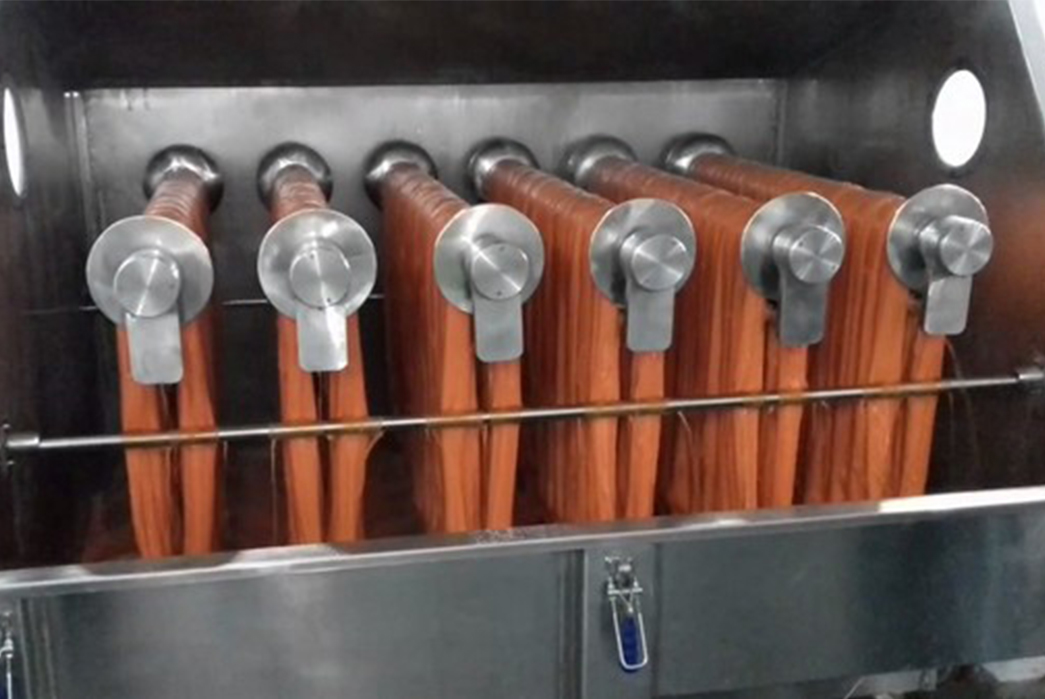
Hank dyeing machinery. Image via Textile Learner
Hank (or Skein) dyeing isn’t popular for mass production since the long process isn’t particularly cost-effective, but it does yield a distinctively soft handle. So, once a coiled length of yarn is draped over a hook and washed, it’s then dipped into a dye for at least 2 days before being washed and the process repeated. The color is then fixed with steam once it has taken on the perfect shade.
Space Dyeing
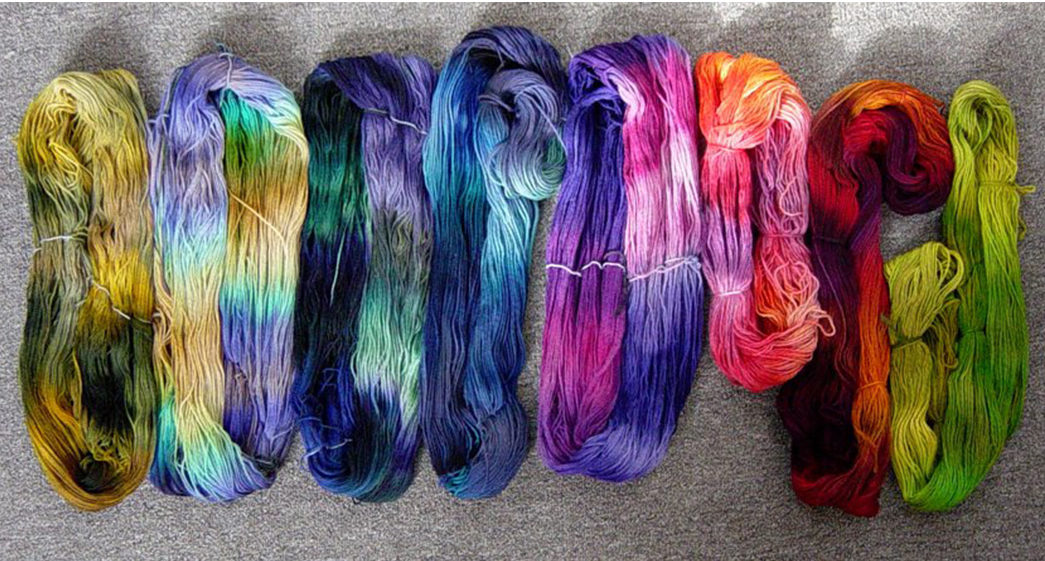
Space dyed yarns. Image via Judy Coates Perez
Ever wondered how those multicolored tees come to be? The answer is space dyeing—a method of applying different colors to yarns either by hand (a laborious process), using a special machine or during the hank dyeing technique we just mentioned.
Vat Dyeing
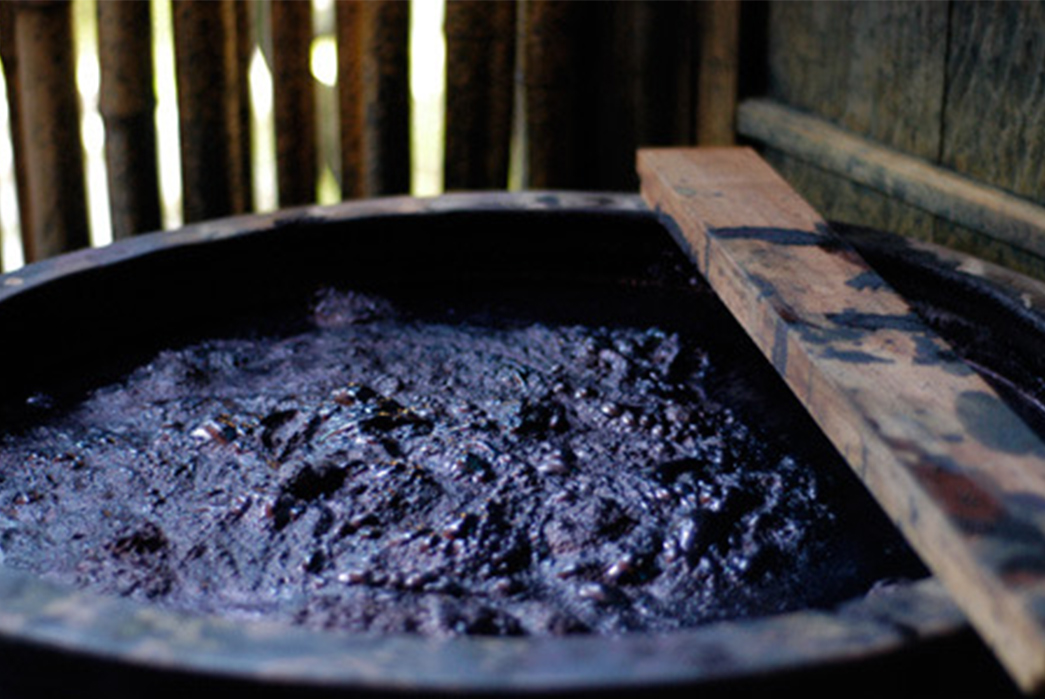
An indigo vat ready for dyeing. Image via Leuco State
This is another term that denimheads are likely familiar with since indigo is considered the OG of this technique. Don’t be confused by the fact almost every kind of dyeing can be done in a bucket or large container (vat).
The term usually refers to the use of water-insoluble dyes that typically require a reducing agent to change them from their solid-state, and are then dissolved in the aforementioned vat. Cellulosic fibers such as cotton and hemp yarns are best suited to this method.
Slasher Dyeing
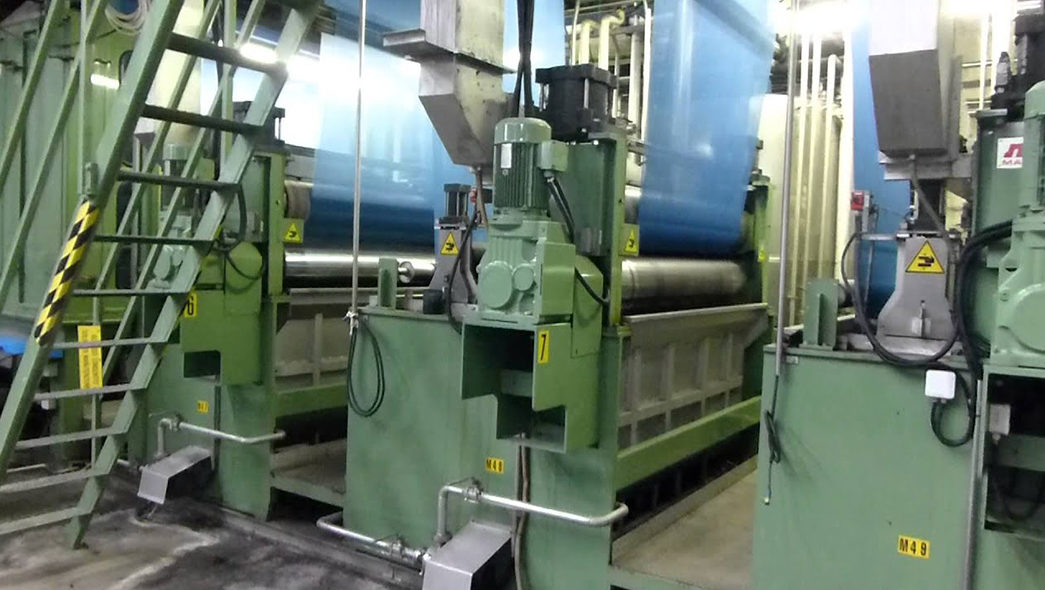
A slasher dyeing machine in action. Image via DM Textile Machinery
A large scale process (which is generally seen as inferior to other methods) whereby yarns are passed along warp beams and then through several dye baths before being sized. In this part, the yarns are cleaned and coated with special chemicals for strength and texture, then they’re wound onto a final beam ready to be woven.
It’s pretty hard to imagine, but this video shows the technique well.
Overdyeing
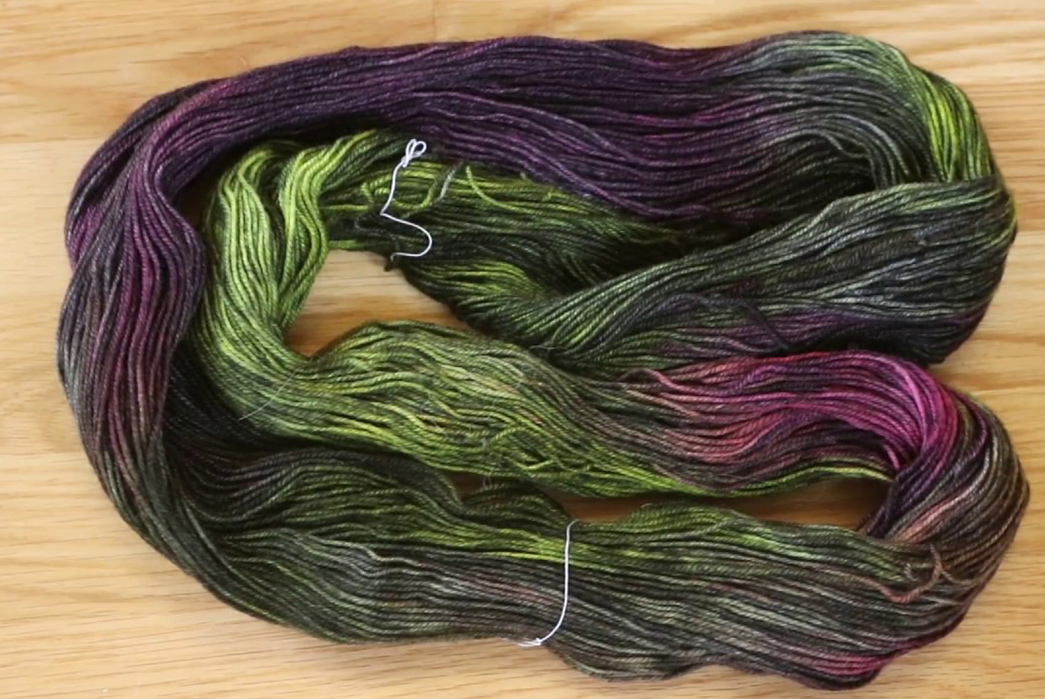
Neon yarns overdyed with black. Image via Chem Knit
Overdyeing does what it says on the tin—this technique is used to add color to a fabric that has already been dyed, with the aim of adding depth or achieving a unique color. This method can also be used for recoloring garments, which leads us nicely onto…
Garment Dyeing
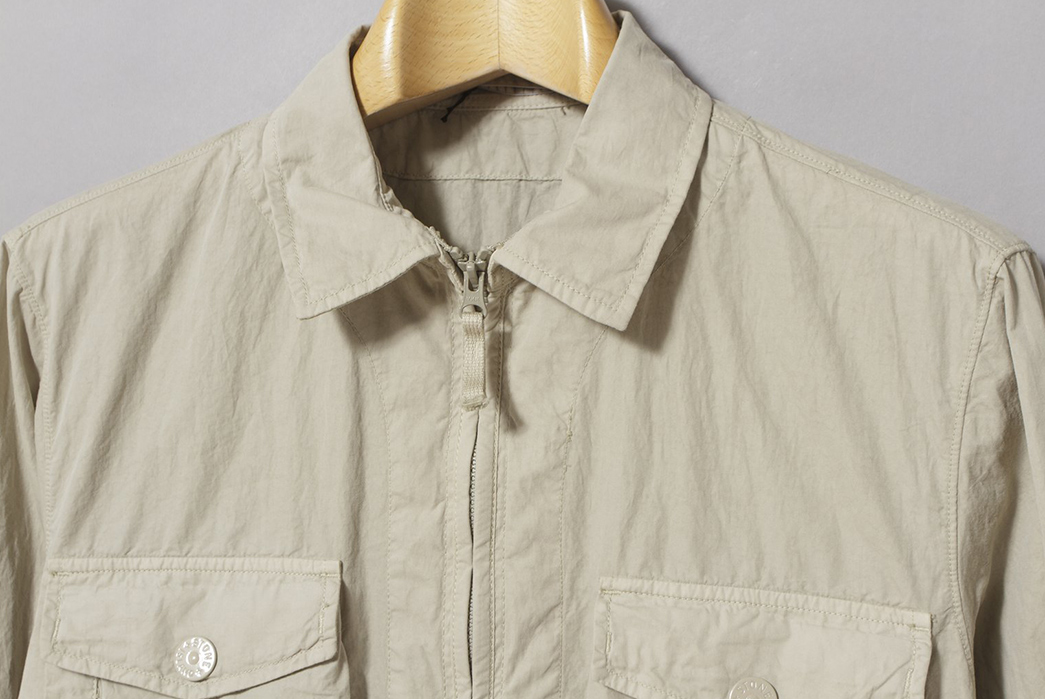
A garment-dyed jacket from Stone Island. The brand was a pioneer in using the process on nylon. Image via Proper Magazine
You’ve heard this term before—and, like overdyeing, is fairly self-explanatory. Rather than using pre-dyed fabric to make garments, this process involves dyeing finished pieces. It achieves an even tone all over and is said to last longer, as well as being a cheap way for manufacturers to catch up with those pesky color trends we mentioned earlier.
Piece Dyeing
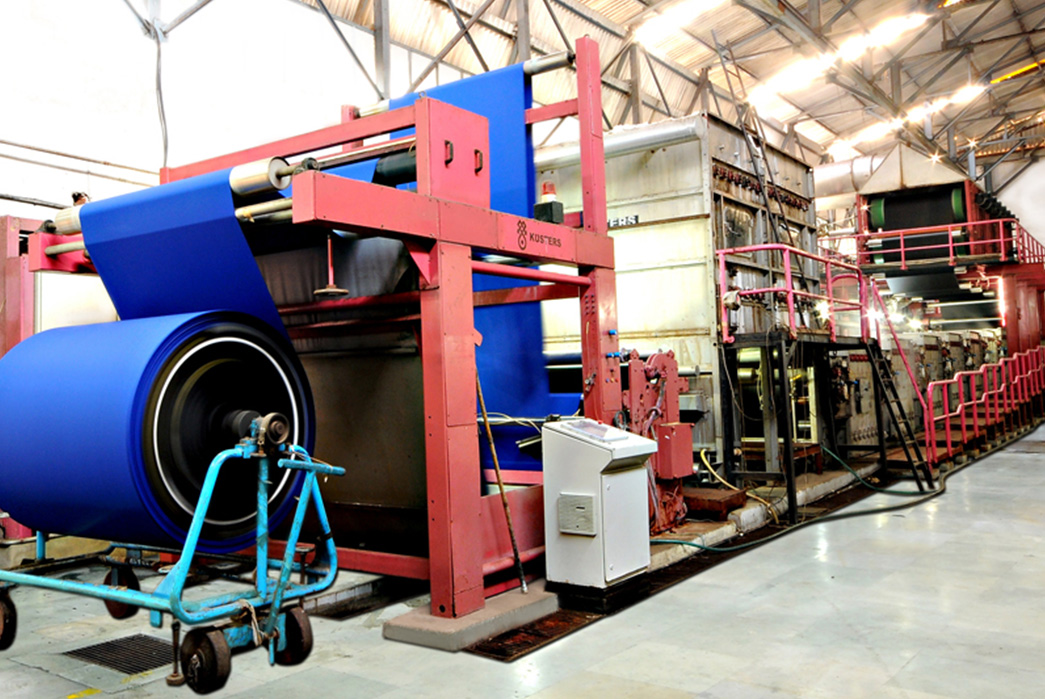
Piece-dyed fabrics in the workshop. Image via Soma Textiles & Industries Ltd
Essentially the opposite of garment-dyeing, this term describes the process of adding color to a length of fabric. To clarify—it happens after the natural-state yarns have been woven but before the fabric is cut and made into a garment. Got it?
Dope Dyeing
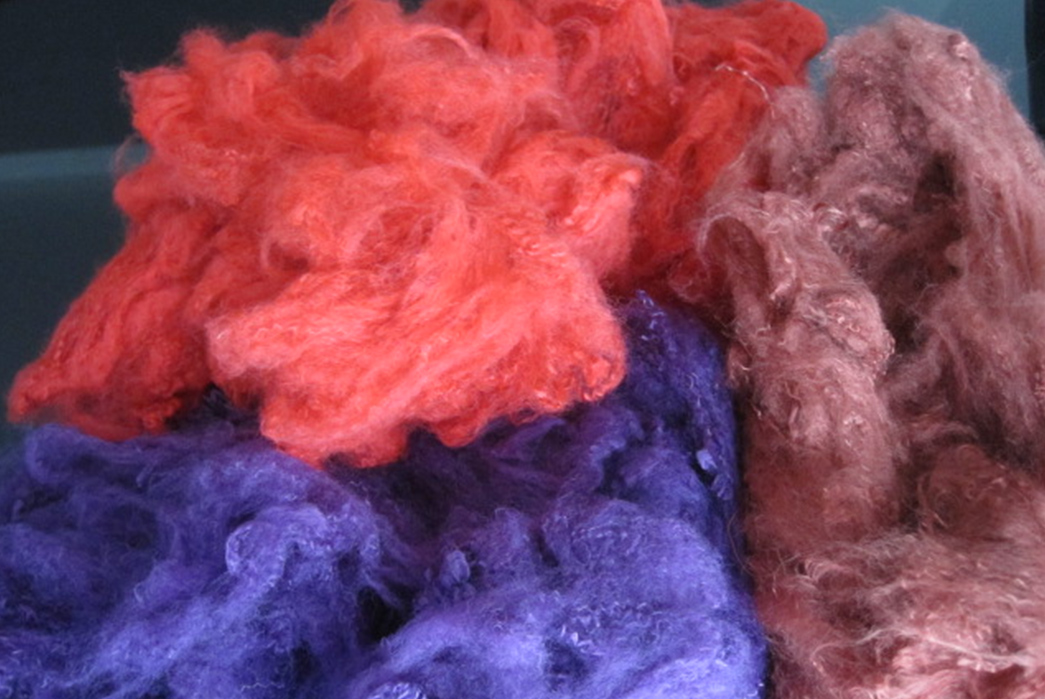
Dope dyed polyester. Image via IndiaMart
Hailed as the future of the industry, dope dyeing cuts out the initial washing stage (used in almost every other technique) by adding color to liquid polymers before they’re processed into polyester or nylon yarns. This saves energy, ensures colorfastness and is resistant to UV fading.
Resist Dyeing
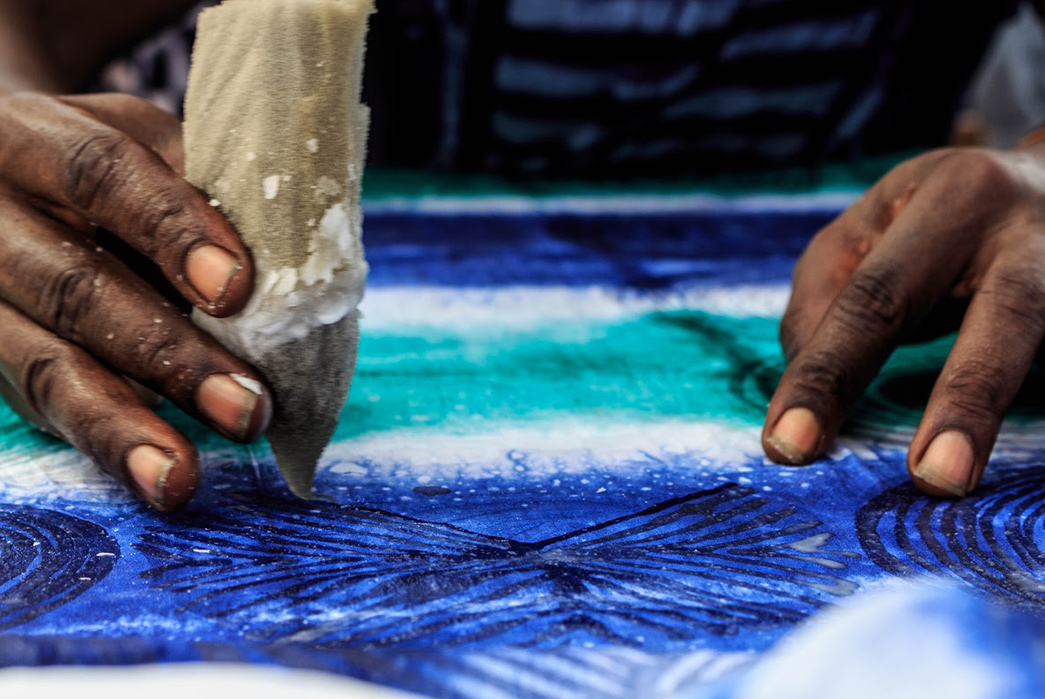
Resist-dyeing by hand. Image via The Centenary Project
A technique used for centuries, resist dyeing incorporates blocks, wax, chemicals or other methods to apply colors or patterns to fabric—think tie-dye and shibori. Unsurprisingly, this traditional technique isn’t particularly common in mass production (save for tie-dye, which can easily be done on a large scale).
While you might not always be able to tell straight off the cuff how your clothes were dyed, we hope this rundown fills some gaps in your knowledge about where and how the stuff in your wardrobe is made.

